Este post também está disponível em:
Português
English
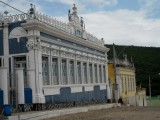
Palmeiras was founded in 1890 and lived its glory days with the extraction of diamonds.
The old buildings of the square of the Mother Church of Bom Jesus and the Alcântara Palace are legacies of the mining times.
The city of Palmeiras is known for being the gateway to the Vale do Capão, one of the main destinations of Chapada Diamantina.
However, it also has its charms and is beginning to attract tourists. Among its main attractions are the Archaeological Sites of Matão, Serra Negra and Poço dos Impossíveis, in addition to being close to important natural attractions, such as Morro do Pai Inácio and Morro do Camelo.
Its historical and cultural heritage is composed of colonial houses, such as the City Museum, which keeps memories of the early twentieth century, and one of the largest carnival parties in the region.
Palmeiras is part of the Conservation Unit and the Chapada Diamantina National Park (PARNA), but not only trails in the middle of the untouched forest and radical adventures live the city.
The discovery of diamond deposits, on the banks of the Lajedinho stream, attracted a large contingent of prospectors in the race for precious stones and, behind them, traders, settlers, Jesuits, smugglers and foreigners consolidated the local occupation of, until then, Vila Bela das Palmeiras.
Even today, the city of Palmeiras concentrates its economic activity on the exploitation of diamonds, carbonates, rock crystal and limestone, and preserves intact the important historical houses, easily observed in the Palacete dos Alcântaras, the City Hall, the Igreja Matriz do Bom Jesus and the various chapels and houses of beautiful invoice.
At the Saturday fairs in Palmeiras, a veritable miscellany, the regional culture is preserved, like the caravans that arrive on the backs of donkeys. Together with the Regional Shopping Center, it brings together all kinds of artisans and stirs up local trade.
Video about the history of Palmeiras in Chapada Diamantina
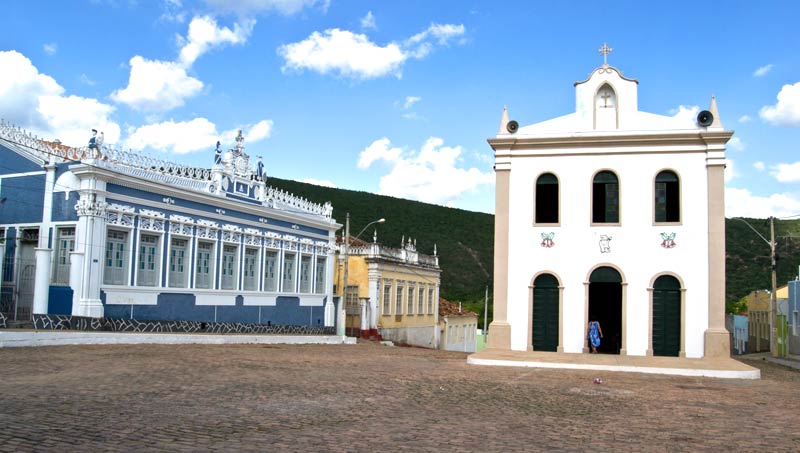

Palmeiras na Chapada Diamantina
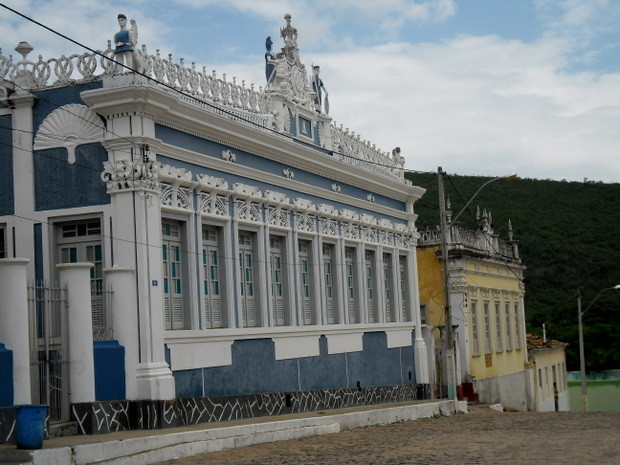
Palmeiras Guia Turismo
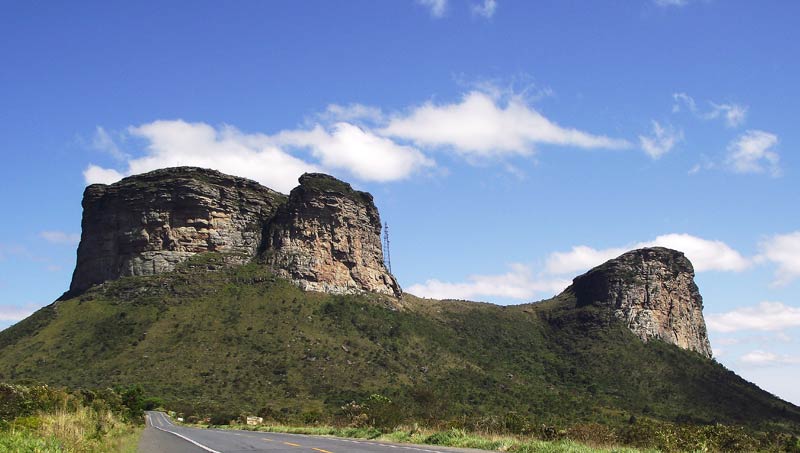
Morro do Pai Inácio na Chapada Diamantina
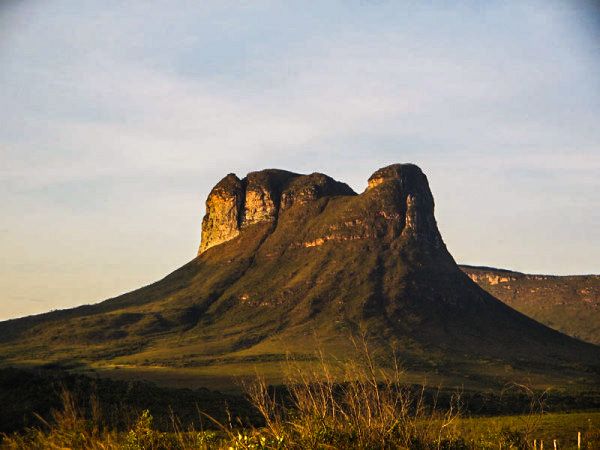
Morrão na Chapada Diamantina02:59
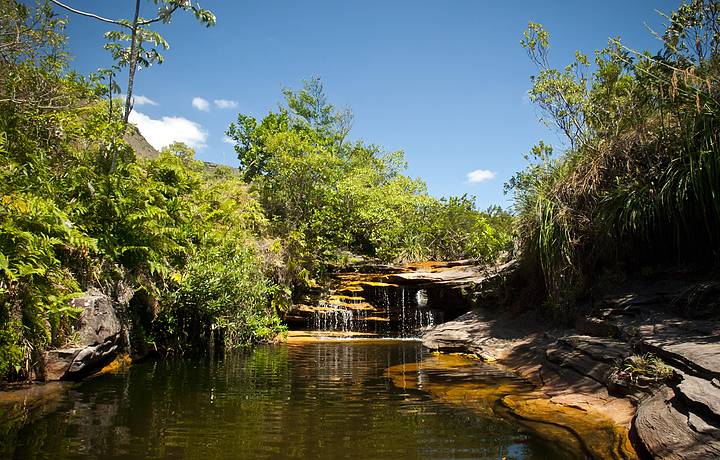
Águas Claras na Chapada Diamantina
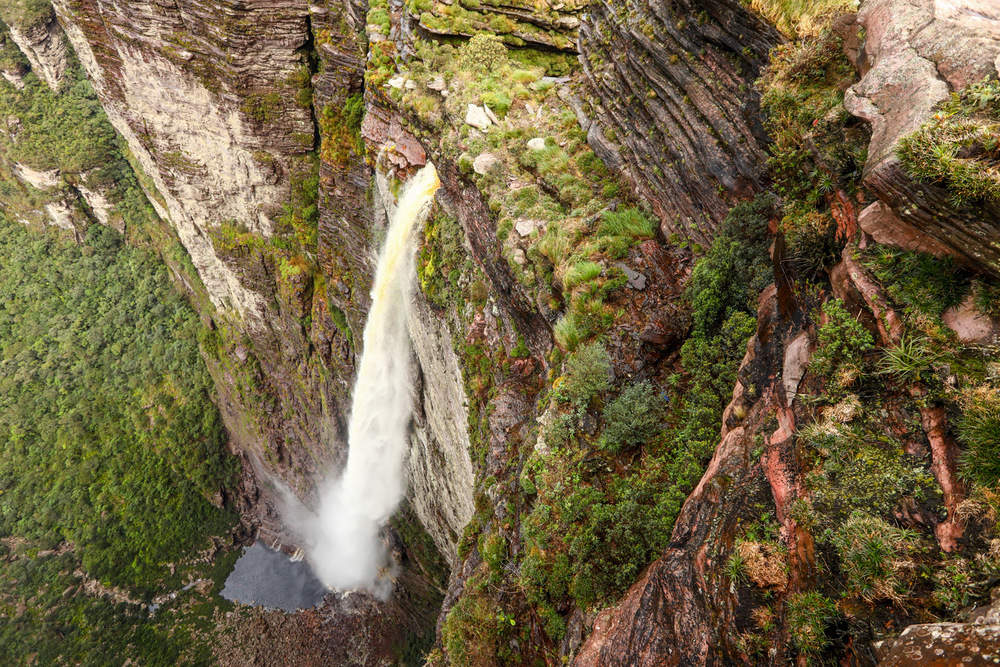
Cachoeira da Fumaça na Chapada Diamantina
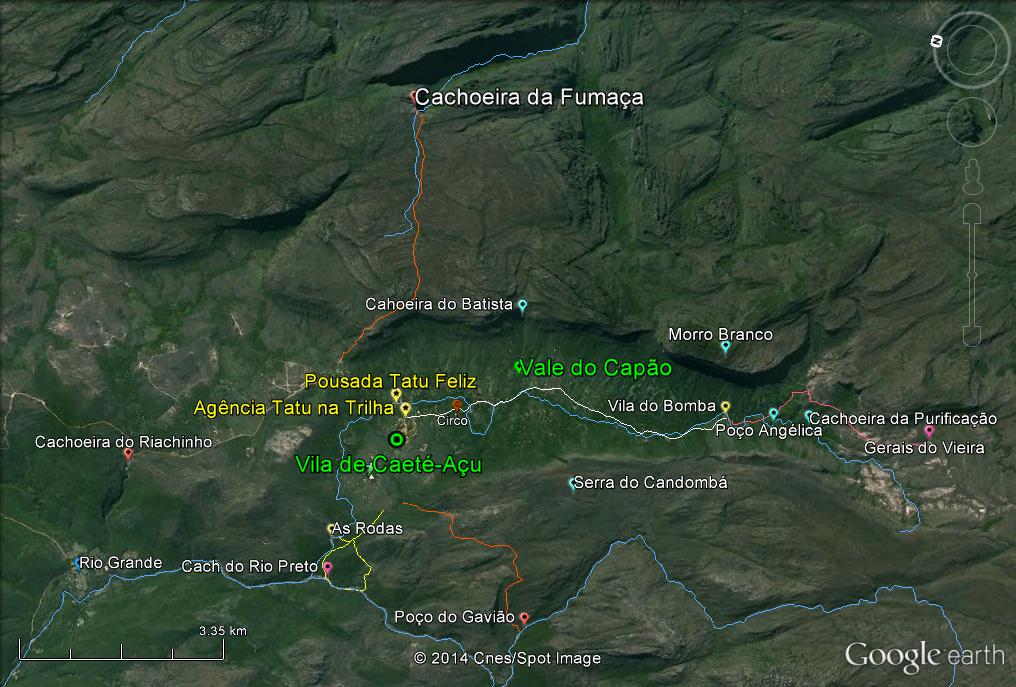
Vale do Capão na Chapada Diamantina
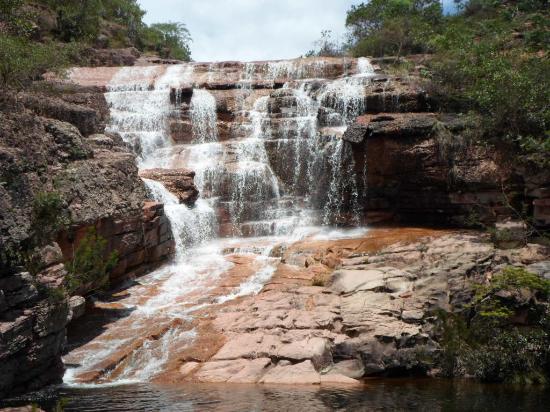
Cachoeira do Riachinho na Chapada Diamantina
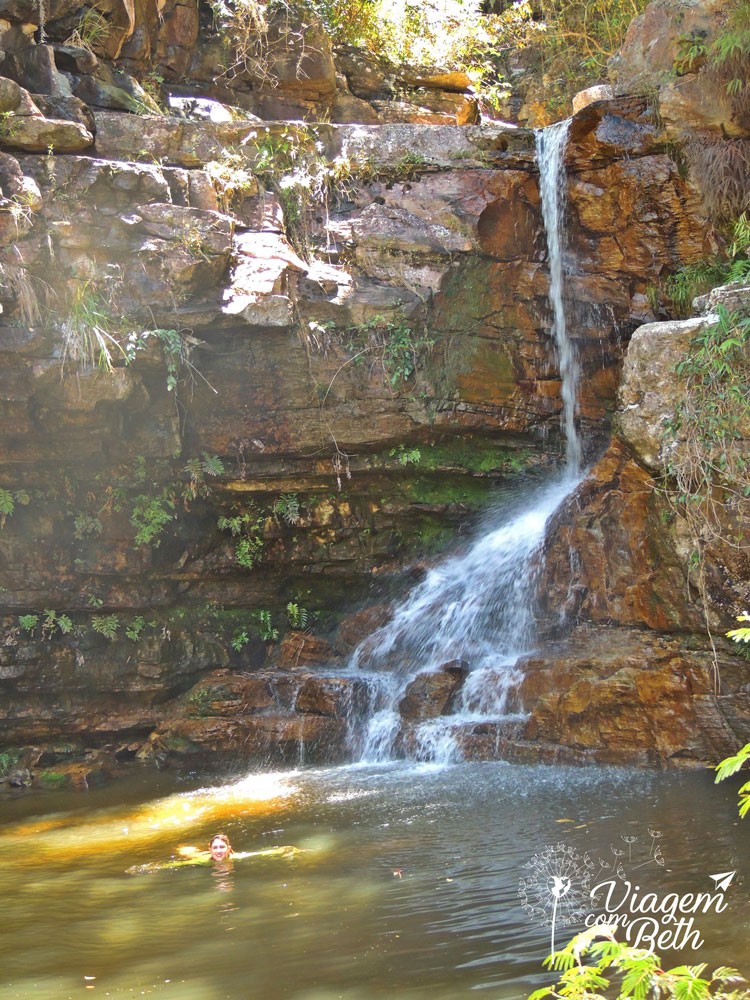
Cachoeira da Purificação na Chapada Diamantina
Tourist Attractions in the municipality of Palmeiras
In the middle of Chapada Diamantina, the city is the right route for those who are fans of direct contact with nature. In the midst of immense walls, rivers, caves and caves, the great attraction is the stunning Cachoeira da Fumaça.
From the top of its 370m height, the intense flow of water can barely touch the well, spreading through the air as if it were steam and giving the impression of a large cloud of smoke; hence its name.
A spectacle of rare beauty, where nature reigns absolute, and a delight for abseilers.
Vale do Capão stands out for its natural beauty and, above all, for the energy of the people who meet there.
The place brings together people from all over the world with something in common: respect and love for nature.
It doesn’t matter if the travelers are just passing through or living in the place. What you feel in Vale do Capão is a harmony between everyone, including the natives of the region.
Vale do Capão, or Caeté-Açu, is located about 460 km from Salvador and belongs to the municipality of Palmeiras.
The center of Vale do Capão has bars, restaurants (with many vegetarian options), inns, stores and a bandstand where performances take place, which allow contact with artists from all over the world. During the night there is also an exhibition of handicrafts produced by local residents.
Tourists have the option, especially in high season and holidays, to rent houses from locals who take advantage of the period to increase the budget.
With an alternative concept of life, Vale do Capão has no luxuries but, in compensation, promotes a conscious relationship with nature. Several associations were created to maintain the preservation of the place, especially after tourism became the main local economic activity.
There is a whole care with environmental education, selective garbage collection, recycling and sustainable tourism. And it is not only the locals who follow this logic. Tourists also play their part and, in this way, seek to care for and protect the valley.
1. Morro do Pai Inácio
At 1,120m altitude, it is one of the must-see tourist spots in Chapada. Legend has it that Pai Inácio fell in love with the daughter of a colonel and was chased by his jagunços to the top of the hill, from where he jumped.
His body was never found, but Pai Inácio was seen running through the valley, disappearing without a trace. The view is stunning. Groups go up at the end of the day to enjoy the sunset.
Map of the Trails and Tourist Spots of Chapada Diamantina
2. Morrão (Mount Tabor)
At an altitude of 1,418m, Morrão stands imposingly, like a monument to nature, in the middle of the Chapada. The Mucugezinho River rises at its base. The climb, which is not the easiest, should be done in the company of trained guides.

3. Águas Claras
These are waterfalls with crystal clear waters and natural pools of rare beauty. It is possible to camp there, provided you have the courage to face 10 km on foot carrying camping equipment, food and everything else.
The alternative, if you’re willing to spend a little more: take the sahíb and hire porters. The place is a base for the ascent of Morrão.
4. Fumaça Waterfall
The water falls from a height of 380m, but before reaching the well, it sprays with the wind, looking like smoke. Another
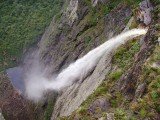
trail leads to the top of the waterfall: after climbing 300m, you walk for 1 hour on the plateau.
From the top you have a privileged view of the stone walls carved by the river over millions of years.
5. Capão Valley
At 1,000m altitude, the climate is mild and pleasant. Several trails connect the Valley to Gerais do Vieira, a plateau from where you can see the whole region, and to Pati Valley, one of the most sought after routes by trekking lovers. In Vale do Capão, you will find natural gardens of orchids and many species of birds.
6. Village of Caetê-Açu
There are “alternative” communities that besides practicing meditation and yoga, offer indigenous sauna, shiatsu massages, ayurvedic and similar services.
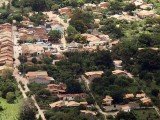
7. Riachinho Waterfall
Beautiful, easily accessible and good for bathing, it is very popular.
8. Corredeira das Rodas
Great place for bathing with easy access.
9. Purification Waterfall and Angelica’s Well
Its clear waters attract many people who walk along the River of Wheels. Much of the walk is through the riverbed and rocks.
Bahia.ws is the largest tourism and travel guide for Bahia and Salvador.
Tourism and Travel Guide of Palmeiras in Chapada Diamantina



















